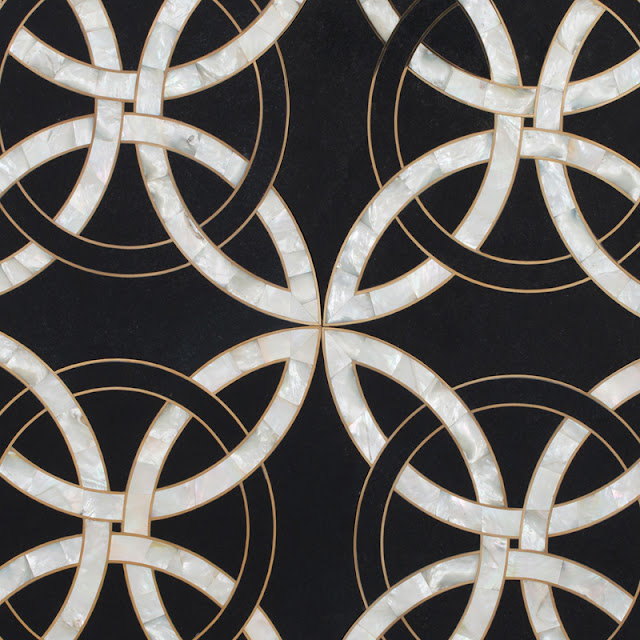How Do Tiles Define Architecture Design
Tiles have a unique way of adding a creative spin to almost any Architecture Design. They can be found in various materials, shapes, sizes, colors, patterns, finishes, etc. They are an excellent means to enhance the surface or finish of spaces that can be either indoor or outdoor. The tiles' usage hail from the Egyptians and the Mesopotamians, who used blue tile bricks and glazed bricks in their homes. What adds to their appeal is that they are low-maintenance and ideal for areas with high traffic, dust, or moisture.
Architecture Design is
defined by the material used in the structure of the buildings. Whenever a new
building material is discovered, it complements with the advancement of
technology of that time. The innovation would then mark the start of a new era
per se, with modern styling’s, trends, and techniques. to go with it.
History reveals that the early man moved from aces to hutments
using mud as the prime building material. After the discovery of fire, albeit
accidentally, the discovery revolutionized things. Sun-dried mud bricks quickly
graduated to baked mud bricks. The baked earth, also called terracotta, was the
founding block of ceramic tiles, highly regarded in the Architecture Design
world.
Wall Tiles And Floor Tiles
Tiles can be found in a variety of materials, patterns, and
designs. We mainly have wall tiles and floor tiles, where the latter bears
different loads. Different types of glazes can fit in with these tiles. The
glaze on wall tiles cannot resist wear and tear from foot traffic. When it
comes to weight, they fall on the lighter side of the spectrum compared to
their counterparts.
There
Are Some Common Kinds Of Material For Tiles That Include:
Ceramic or Porcelain
By far, these are one of the most common
types of wall tiles, but the main difference between them is the rate at which
they absorb water. Porcelain usually absorbs water at a relatively slower rate
when compared to ceramic. Hence it is ideal for places that have high moisture,
such as bathrooms.
Glass
Glass tiles are made of glass pieces of various colors,
formulated into uniform shapes. They can be found in mosaic collections with
mesh backing or as individual tiles pieces in the market. Majorly used as
backsplashes in bathrooms and kitchens, glasses can be plain or patterned. They
are on the sturdier and more durable side than other tile options.
Mosaic
If you go by the traditional meaning of the word mosaic, it
refers to a decorative Architecture Design composed of small pieces of
some other material to create an image or a pattern. A more formal definition
would entail an inlay design pattern having tiles that are smaller than
2x2". The more diverse the materials, shapes, and colors of the pieces,
the more beautiful is the tile.
Quarry
Quarry tiles are hard paving tiles made from minerals found in the ground, fired to make something like a brick. They are usually unglazed and are a good fit for flooring both indoors and outdoors. Slip resistance is their focal selling point, and they are a lot harder than clay, mainly because of the high temperatures used during firing. They are non-porous and mostly resistant to water.
Natural Stone
Natural Stone Tiles are not a new concept as they have been around for years. Durability is a vast advantage that natural stones offer to withstand wear and tear for long periods. The elegance and timeless charm of natural stone is unparalleled, always looking beautiful. Some examples include tiles made up of marble, granite, travertine, and slate. Water resistance can be a bit of an issue because of the porous nature. Sealing is probably the best idea if you are going ahead with these. Also, natural stone tiles can be hefty and bulky.




Comments
Post a Comment